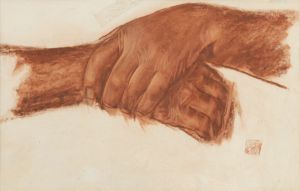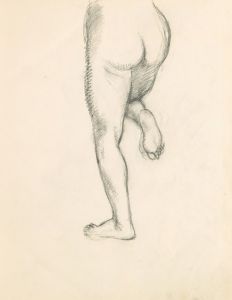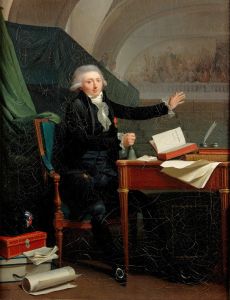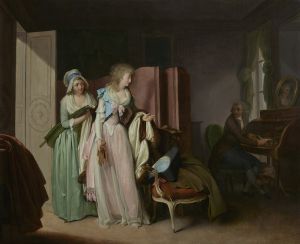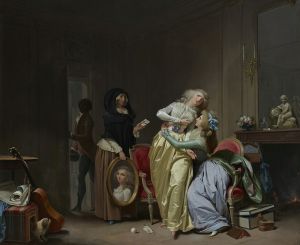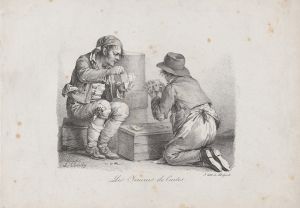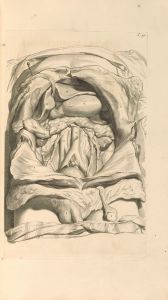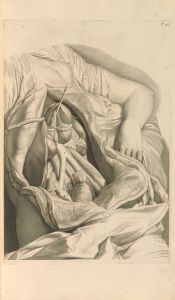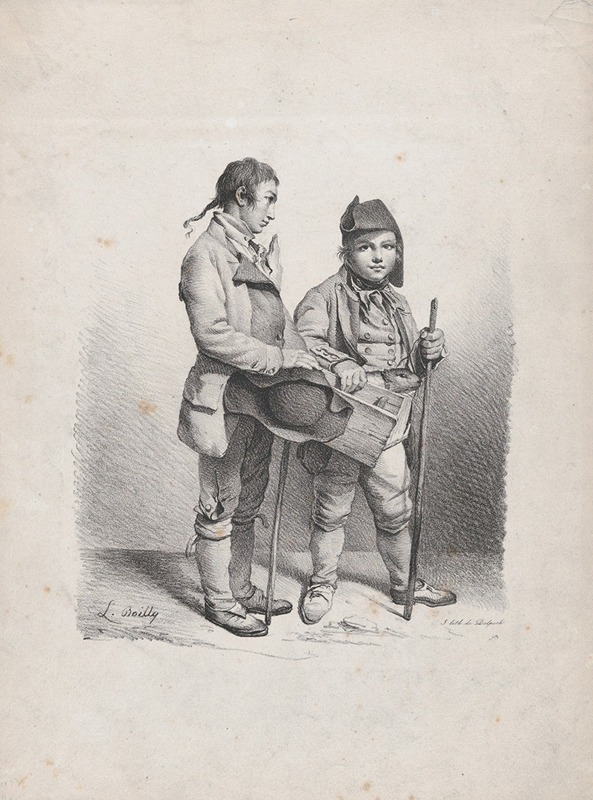
The Marmot
A hand-painted replica of Louis Léopold Boilly’s masterpiece The Marmot, meticulously crafted by professional artists to capture the true essence of the original. Each piece is created with museum-quality canvas and rare mineral pigments, carefully painted by experienced artists with delicate brushstrokes and rich, layered colors to perfectly recreate the texture of the original artwork. Unlike machine-printed reproductions, this hand-painted version brings the painting to life, infused with the artist’s emotions and skill in every stroke. Whether for personal collection or home decoration, it instantly elevates the artistic atmosphere of any space.
Louis Léopold Boilly (1761–1845) was a French painter and draftsman known for his detailed and often humorous depictions of Parisian life during the late 18th and early 19th centuries. One of his notable works is "The Marmot," a painting that exemplifies his skill in capturing the nuances of everyday scenes with a touch of wit and charm.
"The Marmot" is a genre painting that portrays a young boy holding a marmot, a type of ground squirrel, which was often kept as a pet or used in street performances during Boilly's time. The painting is a fine example of Boilly's ability to blend realism with a sense of narrative, drawing the viewer into the scene with meticulous attention to detail and expressive characterizations.
Boilly's technique in "The Marmot" showcases his mastery of light and shadow, as well as his keen eye for texture and color. The boy's clothing, the fur of the marmot, and the background elements are rendered with a high degree of precision, highlighting Boilly's dedication to realism. The composition is carefully balanced, with the boy positioned slightly off-center, creating a dynamic interaction between the subject and the viewer.
The painting also reflects Boilly's interest in the lives of ordinary people, a theme that runs throughout much of his work. By focusing on a seemingly mundane moment, Boilly elevates the everyday experience, inviting viewers to appreciate the beauty and complexity of simple interactions. This approach aligns with the broader trends of genre painting during the period, which sought to depict scenes from daily life with authenticity and empathy.
Boilly was active during a tumultuous period in French history, spanning the French Revolution, the Napoleonic era, and the Restoration. Despite the political upheavals of his time, he managed to maintain a successful career, producing a vast body of work that includes portraits, genre scenes, and still lifes. His ability to adapt to changing tastes and his keen observation of social dynamics made him a prominent figure in the art world of his era.
"The Marmot" is part of Boilly's extensive oeuvre that captures the spirit of his time with a unique blend of humor and realism. His works are held in high regard and can be found in major museums and collections around the world, including the Louvre in Paris and the National Gallery in London. Boilly's legacy as a painter lies in his ability to document the subtleties of human behavior and the vibrancy of urban life, making his work an invaluable resource for understanding the cultural and social fabric of his time.
In summary, "The Marmot" by Louis Léopold Boilly is a testament to the artist's skill in genre painting, his attention to detail, and his ability to capture the essence of everyday life. Through this work, Boilly offers a glimpse into the world of 19th-century France, highlighting the charm and complexity of ordinary moments with his characteristic wit and precision.





